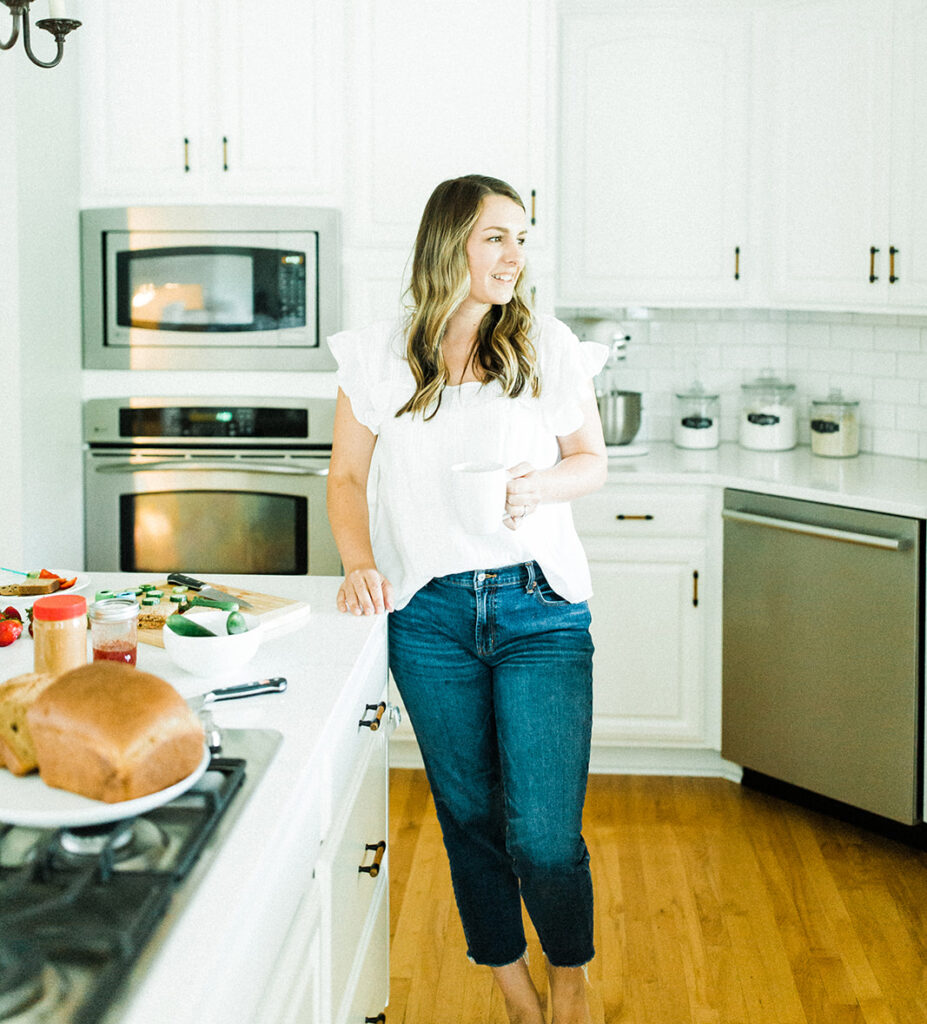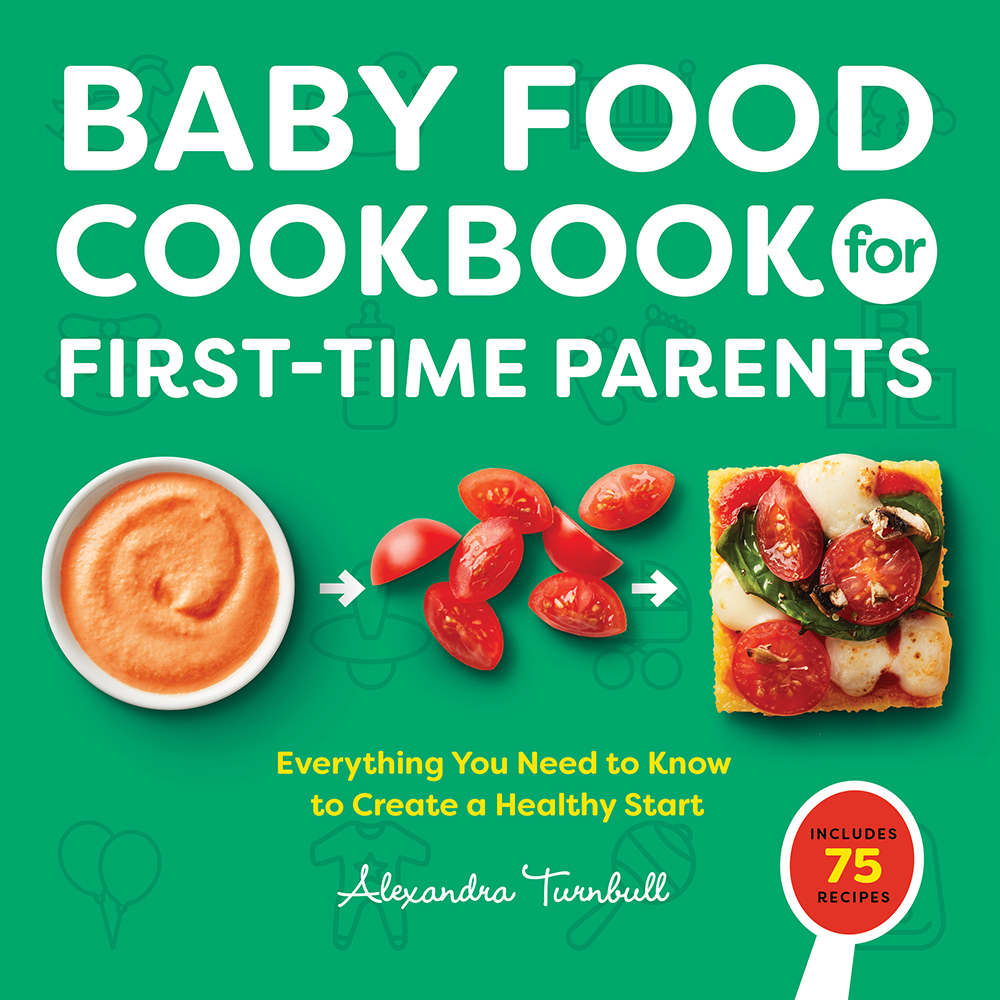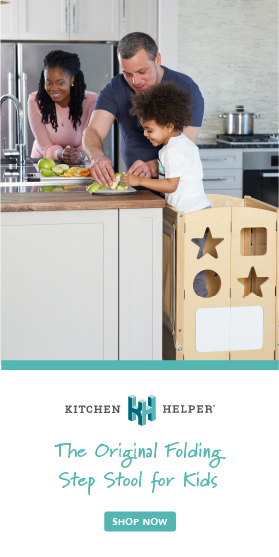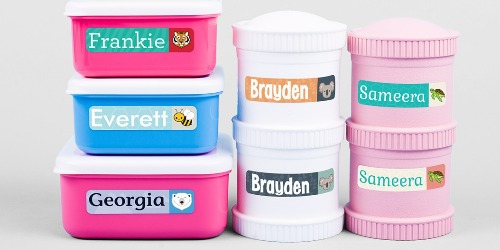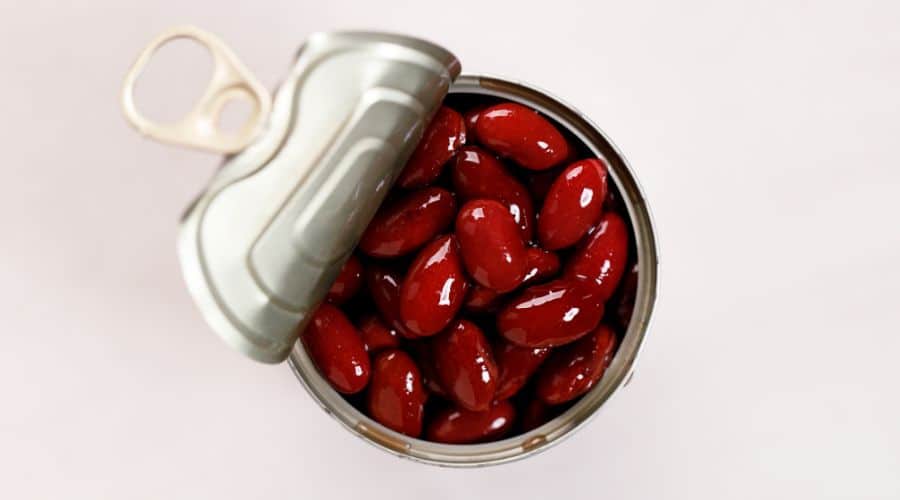
Let’s be real—getting kids to eat a balanced meal can feel like a full-time job. Between the “I don’t like that,” the dinner stand-offs, and the 27 snack requests before noon, it’s easy to stick to the same three foods they’ll actually eat.
It’s no wonder beans for kids often get skipped, even though they’re among the most underrated and under-eaten foods in children’s diets.
But here’s the thing: beans are a nutrition powerhouse—full of fiber, protein, iron, and more—and they’re budget-friendly, shelf-stable, and surprisingly easy to work into meals.
The challenge isn’t knowing beans are good. The challenge is figuring out how to actually get kids to eat them.
Table of Contents
Beans Are Legumes
Beans are part of the legume family—which includes plants like lentils, peas, chickpeas, soybeans, and peanuts. A legume is any plant that grows in a pod.
Within that group, there’s a smaller category called pulses. Pulses are the dried seeds of legumes that we eat—like black beans, pinto beans, lentils, chickpeas, and split peas.
So while all pulses are legumes, not all legumes are pulses.
Here’s a quick way to think about it:
- Pulses = dry, shelf-stable, nutrient-dense (like beans, lentils, chickpeas)
- Legumes that aren’t pulses = fresh or eaten differently (like green beans, edamame, or peanuts)
You don’t need to memorize the labels, but knowing the difference can help make sense of why beans show up in multiple food groups—and why they’re so highly recommended in kids’ diets.
Types of Legumes You Can Offer to Kids
There’s a surprising amount of variety in the legume world—and variety can really help when you’re working with picky eaters or looking to keep meals interesting.
Here are just some of the legumes worth trying:
Common Pulses:
- Black beans – great in tacos, quesadillas, soups, and brownies
- Pinto beans – perfect for refried beans, burritos, and chili
- Kidney beans – often used in chili or bean salads
- Navy beans – mild and great for soups or baked beans
- Cannellini beans – soft, creamy white beans that work well in pasta or soups
- Lentils – fast-cooking and great in pasta sauce, soups, or patties
- Chickpeas – crunchy when roasted, creamy in hummus
- Split peas – commonly used in hearty soups
Other Legumes:
- Green peas – technically a legume, but not a pulse. Still great to serve!
- Edamame (young soybeans) – a fun, protein-rich snack
- Peanuts – a legume that’s often grouped with nuts (but fun fact: it’s not a nut at all!)
- Soybeans and tofu – higher in protein and iron, great in stir-fries or smoothies
You don’t need to offer all of these, but having a few in rotation gives you more options to add fiber, protein, and variety to your family’s meals—without making it complicated.
Why Beans Deserve a Spot at the Table
Beans are a unique food group because they count as both a vegetable and a protein—and for good reason.
As a vegetable, beans provide:
- Fiber for gut health and regular digestion
- Potassium, folate, and iron, key nutrients often low in kids’ diets
- Phytonutrients that support immune health and overall wellness
As a protein, beans offer:
- Plant-based protein that supports growth and development
- A great alternative to meat for families wanting to add more variety
- A cholesterol-free option with less saturated fat than many animal proteins
Because they hit the nutritional marks of both categories, beans are counted in either the vegetable or protein group—depending on how you use them in your meal plan. If your child isn’t getting many other sources of plant foods or fiber, beans can check a vegetable box. If you’re short on protein options or skipping meat, they work there too.
Adding just one serving of beans for kids a day can help fill important nutrient gaps—like fiber, potassium, magnesium, iron, folate, and choline—that many kids (and adults) don’t get enough of.
Beans Are Budget-Friendly and Convenient
Beans aren’t just good for you—they’re also incredibly affordable, especially when compared to animal proteins or pre-packaged snacks.
A can of beans typically costs around $1 or less and can be stretched across multiple meals. Dried beans are even cheaper, though they require more prep time.
Canned beans are one of the easiest pantry staples for busy parents. They’re:
- Already cooked and ready to eat
- Shelf-stable and perfect to stock up on
- Easy to rinse and toss into meals in minutes
Pro tip: If you’re concerned about sodium in canned beans, just give them a quick rinse under running water. Rinsing can reduce sodium content by up to 40%, making them a more heart-healthy option for the whole family.
Good for Your Family—and the Planet
Beans aren’t just a win for your kid’s plate—they’re also a win for the planet.
Compared to animal-based protein sources, beans have a significantly lower environmental footprint. They require less water to grow, use fewer resources, and produce far less greenhouse gas emissions.
Choosing beans even once or twice a week in place of meat can help reduce your family’s carbon footprint while still meeting your nutritional needs.
So when you’re offering your kids beans, you’re doing something good for their bodies—and the earth they’re growing up in.
How Much Beans Do Our Kids Actually Need?
According to the current Dietary Guidelines for Americans, kids should be getting anywhere from ⅓ cup to 3 cups of beans, peas, or lentils per week—starting at 12 months of age and increasing through adolescence. But let’s be honest—most kids aren’t getting close to that. And most parents aren’t measuring bean intake by the cup anyway.
The upcoming 2025–2030 guidelines are recommending we increase those amounts, especially for older kids and adults, because beans are one of the most under-eaten yet most nutrient-packed foods out there. They’re rich in fiber, folate, iron, magnesium, potassium, and plant-based protein—and they’re affordable and sustainable too.
But here’s the thing: You don’t have to obsess over exact measurements. Instead of stressing about hitting a specific number of cups per week, ask yourself: Where can I add beans in a way that works for my family?
Maybe it’s black beans in taco night, some hummus with lunch, lentils stirred into pasta sauce, or a freezer bean burger on a busy night. It’s not about perfection—it’s about progress. Every small addition counts.
What If Your Kid Hates Beans?
That’s okay. A lot of kids don’t like beans yet. The keyword there is yet.
It often takes repeated exposure before a child accepts a new food. That includes seeing it, touching it, smelling it, and sometimes rejecting it 15 times before they take a single bite.
Here’s how to help:
- Offer tiny portions of beans alongside preferred foods, without pressure. You can even try putting a bean on the end of a food pick to make it more interesting.
- Let your child help rinse canned beans or mash them with a fork.
- Keep the vibe light—comment on the shape, size, or color without demanding a taste.
- Use playful prompts: “Can you squish the bean with your spoon?”
Every small, no-pressure interaction builds comfort—and comfort is the first step to actually liking something.
For more support helping your child learn to like beans, join my FREE Try It Challenge—a 5-week picky eater-friendly guide where each week introduces a new food in a fun, low-pressure way.
One week is all about beans. You’ll get scripts, exposure ideas, and real-life examples of how to make beans less intimidating and more approachable.
10 Easy to Offer Beans for Kids
If you’ve got a picky eater (or just a bean skeptic), don’t worry—beans don’t have to be front and center to make it onto their plate. The key is offering them in ways that feel familiar, low-pressure, and even fun. Here are 10 easy, realistic ways to serve beans for kids—without turning every meal into a negotiation.
Quesadillas with refried beans
Spread a thin layer of refried beans inside a cheese quesadilla. It’s warm, soft, and familiar—perfect for hesitant eaters. Try this recipe!
Smoothies with white beans
Cannellini or great northern beans are nearly flavorless and add creaminess to fruit smoothies without altering the taste. Start small with 1–2 tablespoons. Sounds silly, but smoothies are a great way to add nutrient-dense foods while masking certain qualities of a food you may not like.
Black bean brownies
Not a trick—just a fun twist. Black beans blend into brownie batter beautifully and boost fiber and protein. Be honest about the ingredient and let your child decide. Give this recipe a try!
Crunchy roasted chickpeas or fava beans
Crispy, crunchy, and seasoned. Think of them like a healthier version of snack puffs or crackers. Let your child choose the flavor—ranch, cinnamon sugar, BBQ. Make them yourself or buy them at the store.
Dips for dunking
Blended beans make great dips—hummus, white bean dip, or black bean salsa. Kids are more willing to try something when they get to dip.
DIY taco or nacho night
Let your kids build their own tacos or nachos from a tray of toppings. Include beans alongside favorites like shredded cheese, corn, avocado, or olives. When they’re in charge, they’re more likely to experiment.
Mix into pasta sauce
Stir mashed or blended beans into marinara or mac and cheese. They melt into the sauce and add creaminess and nutrients without changing the flavor much.
Stir into soups or stews
Add beans to kid-friendly soups like minestrone, lentil soup, or chili. You can mash them slightly or leave them whole—either way, they blend in with the texture of the soup.
Mash as a sandwich or toast spread
Combine mashed white beans with olive oil, lemon juice, and a pinch of salt for a mild, creamy spread on toast or sandwiches. You can even sprinkle with a little cheese or herbs.
Bean Burgers
Mash beans with breadcrumbs and seasonings, shape them into patties and bake or pan-fry. Serve slider-style or with dips like ketchup or ranch. Short on time? Grab a premade bean burger from the freezer aisle—easy and still packed with nutrition.
Want Help Getting Your Kids to Try Beans?
If this sounds good in theory but overwhelming in real life, I’ve got you.
Join my FREE Try It Challenge—a 5-week picky eater-friendly guide where each week introduces a new food in a fun, low-pressure way.
One week is all about beans. You’ll get scripts, exposure ideas, and real-life examples of how to make beans less intimidating and more approachable.


